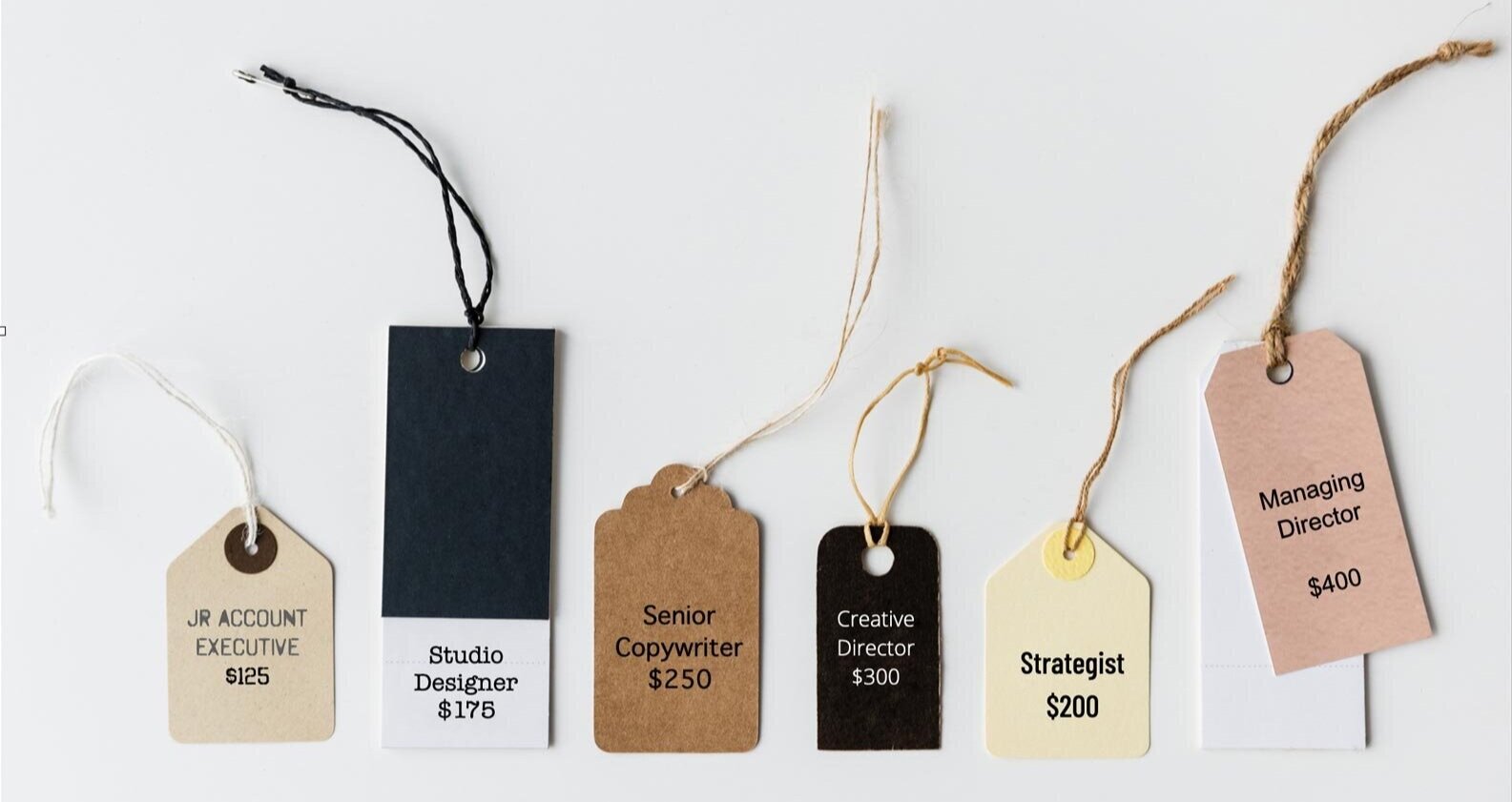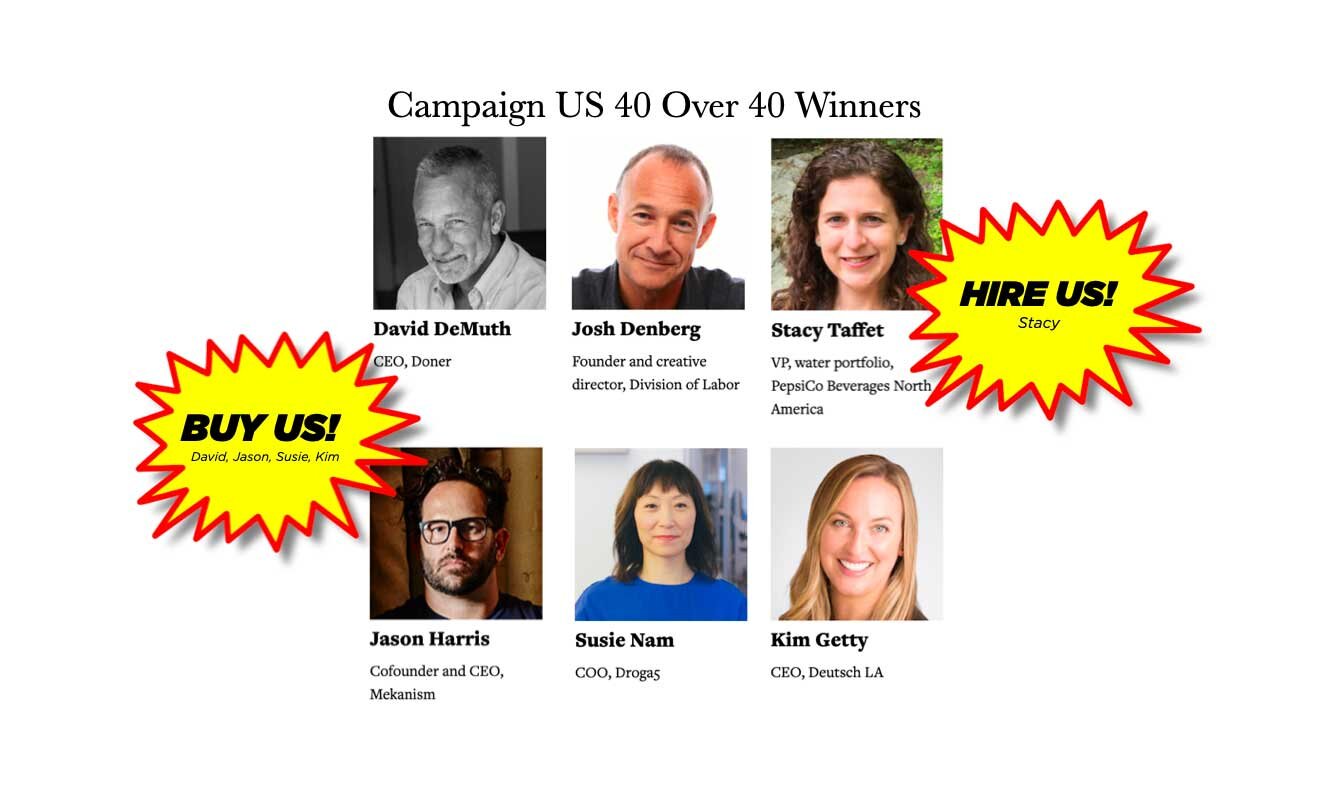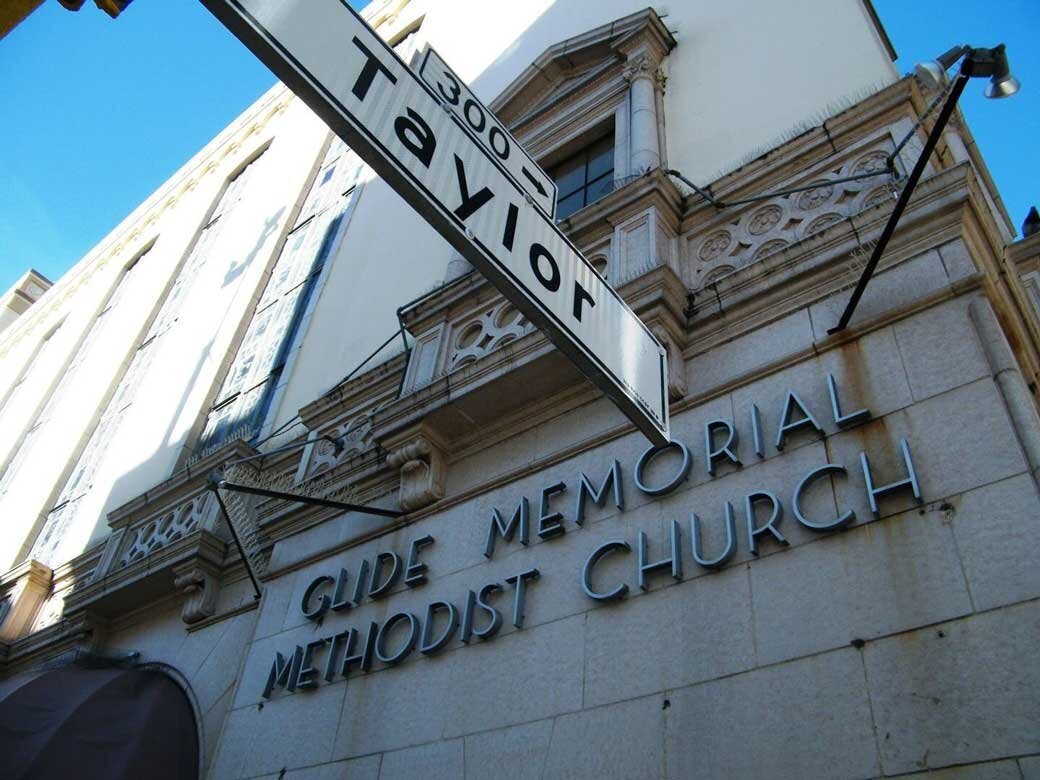Word-of-mouth is the most powerful advertising tool in your marketing arsenal. But much to the dismay of many out there, word-of-mouth is not a free version of advertising you can simply use instead of paid advertising. It’s not one or the other.
Word-of-mouth works because people trust their community and are more likely to listen to their friends than a talking head on a paid commercial. But that doesn’t mean there’s no value in the paid commercial. In fact, there’s huge value in the paid commercial to trigger word-of-mouth.
When a woman tells a friend that she loves her new antiperspirant because it doesn’t leave streaks on her black shirt, that private moment between gal pals was not the genesis of a word-of-mouth ad campaign. The word-of-mouth was the result of some brand behavior or communication. At some point, the antiperspirant company did something or said something or created something that made your friend want to talk about her antiperspirant.
It’s important to draw a distinction between knowing 1) why word-of-mouth works and 2) how word-of-mouth happens. If you want word-of-mouth advertising, you have to create something worth talking about. To create word-of-mouth advertising, a good digital ad agency or branding agency or anyone internally, for that matter, has to do things that make your brand or product talk-worthy. (Talkworthiness is kind of a dumb name, but we haven’t come up with anything better yet. Please send any suggestions ;)
Making your brand talk-worthy starts at the product name, moves down to the packaging, carries over to your website design, and includes your tone of voice, product extensions, customer service, social media accounts, PR, videos, billboards, swag, really any part of your brand people engage with should have some reason to be talk-worthy.
Below are a few key ways to trigger word-of-mouth. Some are straightforward, some are a bit more controversial. It’s up to you whether you prefer to play it safe or go bold.
1. Offer Exceptional Customer Experiences:
Outstanding customer service and exceptional experiences are the bedrock of successful word-of-mouth marketing. Nordstroms letting anybody return anything is one example. Trader Joe's being the friendliest bunch of people in the grocery business is another. When customers feel valued, listened to, and delighted by your product or service, they are more likely to share their positive experiences with friends, family, and colleagues. So do something unexpected on social media when responding to a complaint or concern. Offer to name a child after the customer. Invite them to be on your board. Ask for their address and Doordash them a cake. You don’t have to be a big brand to offer customer service worth talking about.
2. Get in trouble.
Break the rules. Know your audience and embrace them and actively ignore not your audience. You need a few haters to have the lovers talk about you. I’m not saying to be a jerk or a liar, just don’t appeal to everyone. If someone gets worried and says, “I’m not sure everyone is gonna like that.” Perfect! You don’t want everyone to like it. You want passionate people to talk about it.
If that means getting in trouble, getting a cease and desist letter, or bringing in some angry emails from people who write angry emails for a living, then do it. We gave away free tattoos for the San Jose Sharks and that didn’t sit too well with some parents. And we painted Sharks fan’s houses teal, which pissed off a few neighbors. But the press was amazing and the fan support was incredible. So a little trouble is well worth it.
3. Talk like a person, not a company
Be social on social media. Don’t be a nameless, faceless, asshole of a corporate tool. Say stuff people might repeat. Be self-effacing. Reply honestly to comments. Share facts about your brand or category that someone might repeat. The word “engaged” and “community” are trite, yes. But interact with people like a person and someone might talk about you like a person.
4. Leverage Influencer Marketing:
Influencer marketing has become a powerful tool for triggering word-of-mouth advertising. Partner with influencers or micro-influencers who align with your brand and target audience. Don’t reach out to celebrities unless you have a lot of money or power or something. If you think it would be cool to have Zendaya love your stuff, wake up. “Influencer” does not mean celebrity. Also, smaller influencers can authentically promote your product or service to their followers, who trust their opinions.
5. Run Referral Programs
Referral programs are a structured way to encourage word-of-mouth advertising. You’ll want to get software that works seamlessly with your website but Google around, they’re not that expensive. Offer incentives, or rewards to existing customers who refer new customers to your business. “You get $20, they get $20” that sort of thing. This not only motivates your loyal customers to spread the word but also provides an attractive reason for their friends and acquaintances to try your product or service.
6. Make Videos
Make lots of videos. Helpful ones, instructional videos, funny videos, recipe videos, fashion videos. If you’re a tech brand, make videos where stupid people try to explain your product. If you’re a bread baker, make videos watching dough rise. Whatever it is, use type and your voice to give it a point of view and eventually, people will start talking about one of them. Then they’ll go back and see some others and, voila, you have word-of-mouth. One of the many videos we did for Live Nation got featured on Vimeo and it took off. Rodents on Turntables ended up with millions of views because we kept putting stuff out there and something stuck.
7. Talk About Yourself
If you want word of mouth, start with the words coming out of your mouth. Do interviews, become the category expert, seek out speaking engagements, write articles for magazines and blogs. Get on podcasts. Word-of-mouth advertising remains a potent force in the marketing world and always will. But it needs fuel. Be the word-of-mouth you want.
So there you go. Word-of-mouth.
########
The Small Agency Blog is produced by Division of Labor; a top San Francisco ad agency and digital marketing firm that’s been named Small Agency of the Year twice by Ad Age. The award-winning creative shop services clients on a retainer or project basis. They also offer brand consulting services and hourly engagements for startups and smaller brands. Click here for a free consultation.



















